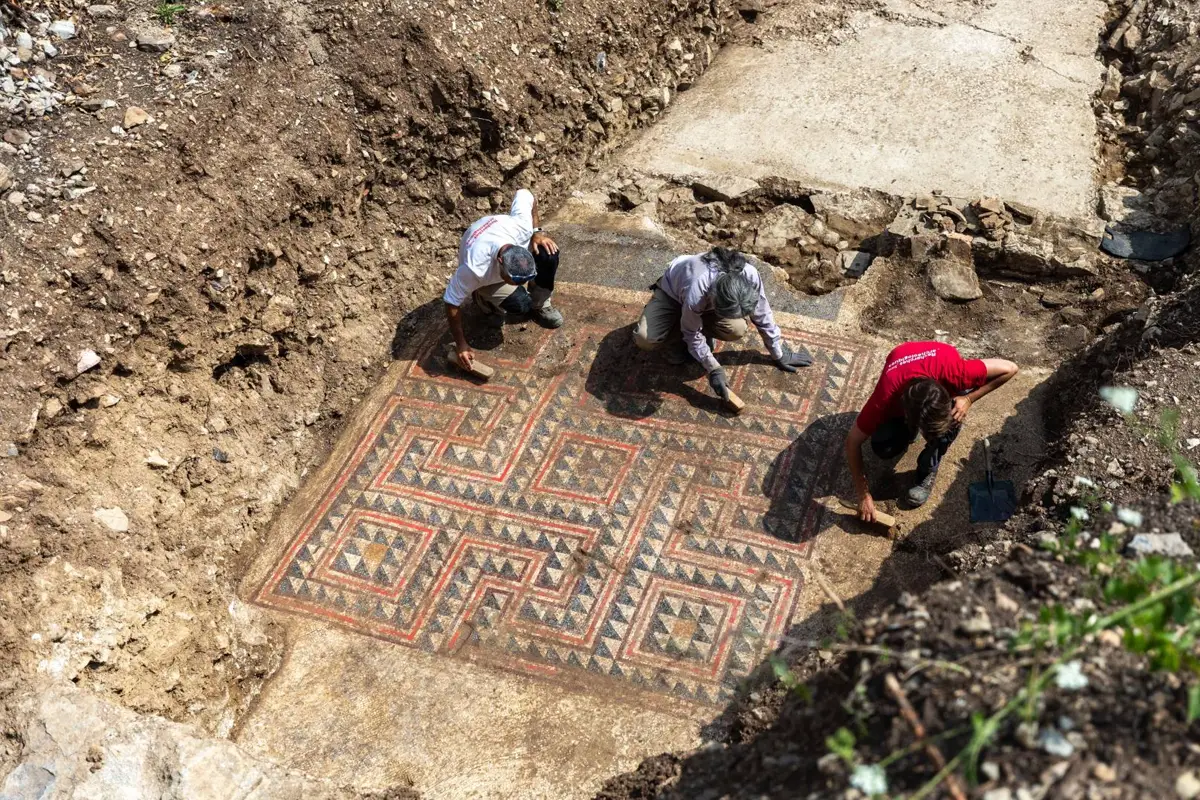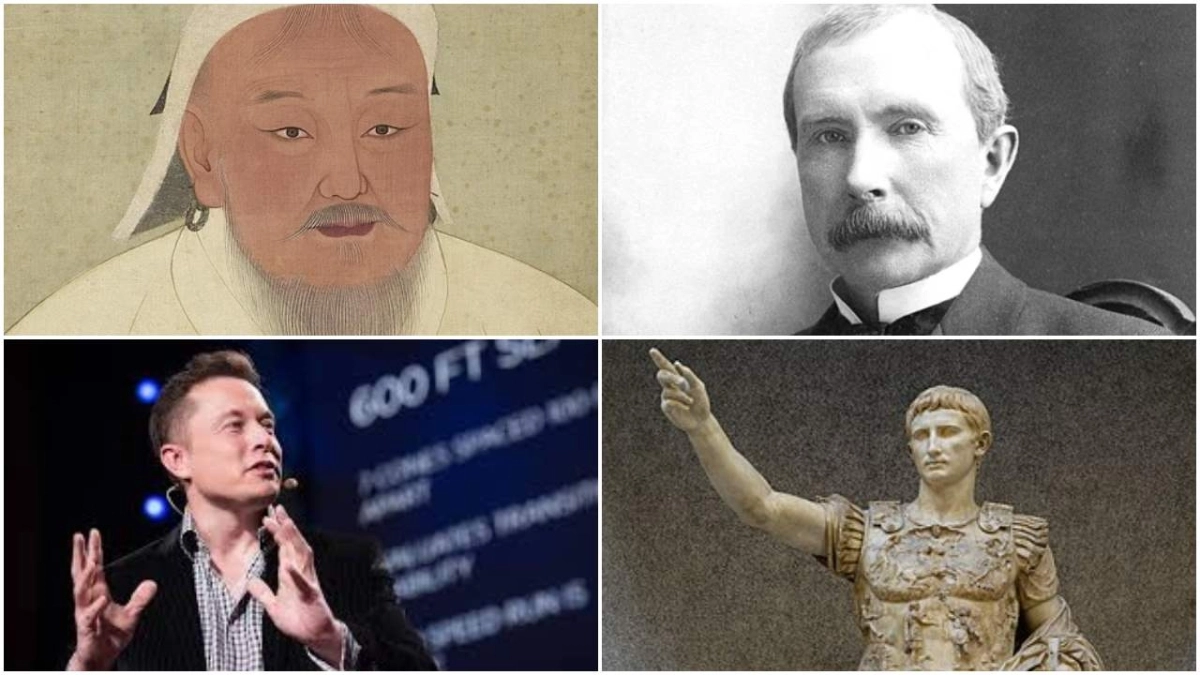Chinese scholars have been reconstructing old pronunciations for centuries, long before Europeans were reconstructing proto-languages. Chen Li, a scholar from the 1840s, was tasked with recovering the sounds immortalized in classical texts without any recordings or phonetic transcriptions.
Using Han characters, each of which stands for a one-syllable word or word piece, he created a method called fanqie to break down the sound of each character. This method stopped short of giving an overview of Chinese phonology, but it was taken a step further by organizing the information into tables.
The 12th century Rhyme Mirror is full of rhyme tables that give more information about syllables, but their interpretation is debated. Later research will go on to show that even the earlier stage itself is complicated and is a compromise between ancient literary dialects.
In the early 1900s, a Swedish scholar named Karlgren traveled to China and dug into the old rimes and tables, but then added an important piece: the many living varieties of Chinese. He used his results to fill out the rime categories with real sounds. This was a breakthrough as it moved beyond the guesswork of simply categorizing sounds and gave precise sounds that fit into these categories. This work helped to uncover China's ancient imperial language.







